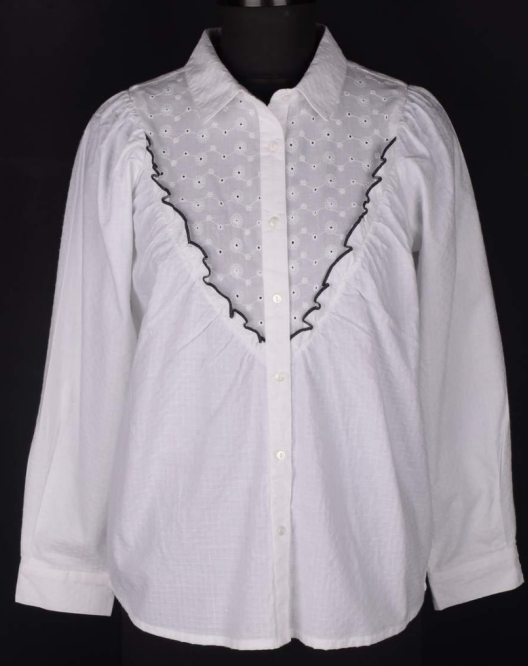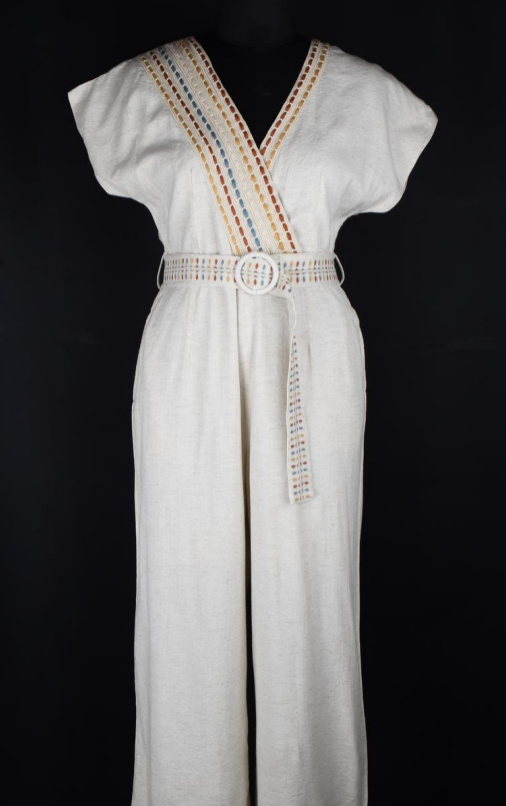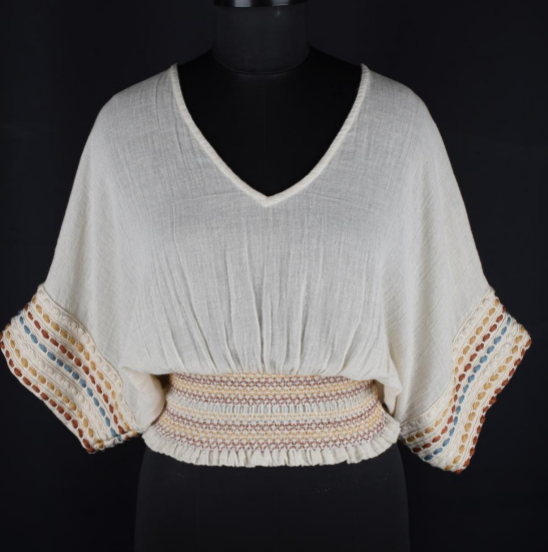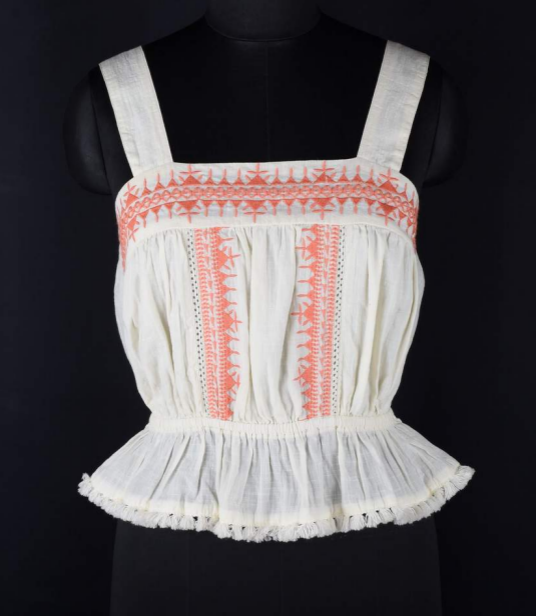6 Future Manufacturing Trends That Will Shape Indian Clothing Manufacturing
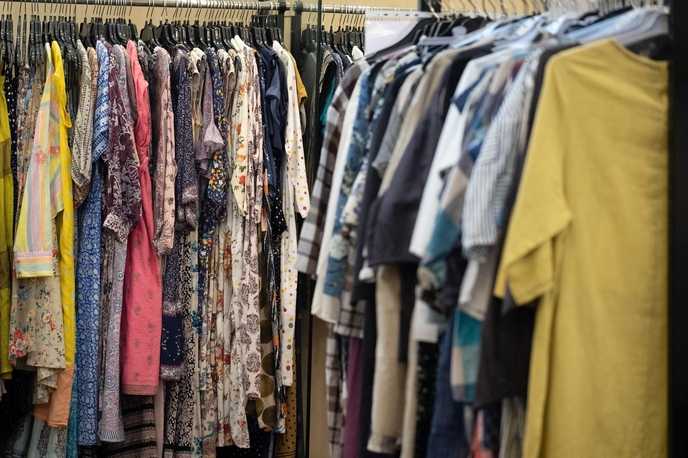
India is a powerhouse when it comes to garment manufacturing. India is among the top exporters of garments and has a robust manufacturing industry that is skilled and has existed for centuries. These factors make Indian garments lucrative for buyers from across the world. However, while the Western world often considers India to be a haven for old-school techniques and tradition, Indian manufacturers have upskilled themselves at par with the world, while maintaining cultural and traditional practices.
This has allowed Indian garments to be at par in terms of quality with any other major apparel manufacturing industry in the world. The rapid upskilling has been supported by government initiatives and the steady competition among Indian manufacturers to get a competitive edge. Today, the Indian apparel industry is marked by its future plans and its promise to improve production standards to increase the demand for Indian garments across the world. What are these future trends, and how are they expected to shape Indian clothing manufacturing in the coming years? Let’s explore that.
6 Future Manufacturing Trends Manufacturers Must Know About
-
Automation & Adaptation of Technology
Assembly line manufacturing is the method of choice for most apparel manufacturers, and while it is not going anywhere yet, there are a lot of technological advances that allow manufacturers to utilise their human labour better. Using automation and associated technologies helps reduce wastage and the probability of human error in various ways. It helps keep production costs down over time and allows manufacturers to offer better quality products at the same price range. As more manufacturers across the country are adopting automation technologies, it is expected to impact the industry as a whole and make apparel manufacturing easier and more profitable for manufacturers.
-
Utilisation of Direct To Customer Business Models
A long supply chain significantly increases the costs of the manufacturer and the profits they can earn from their sales. This is why more brands are now moving online and offering their products directly to the customer. This eliminates the need to maintain a dedicated supply chain and wait for payments to be processed. In most cases, D2C business models allow manufacturers to maintain a better cash flow and manage their product inventory better. Direct customer business models also allow brands to offer their products to more businesses across the country or even the world than traditional supply chains. This is beneficial for businesses looking to scale.
-
Growth of Circular Fashion Economy
The future of the apparel industry is going to involve better quality garments that are built to last and can be recycled at their end-of-life. Indian manufacturers are taking a leading role in ensuring this future is not far by improving their product qualities and incorporating sustainable manufacturing practices. While the infrastructure for clothing recycling in India is still limited, it is expected that major industry moves will create a culture where government and businesses alike will develop a structured solution for apparel products.
-
Incorporation of Sustainable Practices
From using sustainable fabrics and recycled raw materials to changing the chemicals and dyes used in the manufacturing of apparel products, various sustainable practices are being incorporated by apparel manufacturers in India to help the industry move forward. These practices are slowly becoming the industry standard in India, which is sure to improve the product quality output of the whole industry in the future.
-
Premiumisation of Apparel Products
Clothes are a basic human need; however, as India progresses from a developing nation to a developed country, the basic needs of Indian citizens are met. This allows apparel manufacturers to offer premiumisation of their primary products, allowing customers to avail themselves of better quality garments at a premium price point. This is taking off in most metro cities and is expected to spread to other major cities and towns. Premiumisation of the products allows apparel manufacturers to showcase the full range of their technical and creative abilities in creating garments that are long-lasting and exquisitely designed.
-
Focus on Customisation
Lastly, in addition to premiumisation, another significant future trend of the Indian clothing manufacturing industry is the focus on offering customised solutions to customers. This works well for D2C business models where customers can directly talk to businesses about their needs and find the exact solutions they seek. It helps democratise the apparel purchasing process, where customers also have the option to determine the style and finish quality of the garments they are purchasing. It opens the doors for premium manufacturing services with a higher profit margin for manufacturers.
Conclusion
As an apparel manufacturer, if you want to learn more about the future of the Indian garments manufacturing industry, check out CheerSagar. CheerSagar can help you stay up-to-date with future developments while also allowing you to manage your manufacturing requirements to be on par with international quality standards. Check out the website to learn more about the services.
Related Blog
Woven Fabric: What Are Its Quality Control Parameters?
As manufacturers, it’s crucial for you to always stay up-to-date about new fabrics and blends. Given the various parameters...
Private-Label Blouses & Bags: Meeting Uruguay’s Boutique Demand
Blouses and bags are two fashion items that do not go out of fashion. For a culturally rich market like...
Why Is There A Growing Demand For Sustainable Women’s & Kids’ Wear In The US Market In 2025?
North America is the largest market for sustainable garments, including women’s and kids’ wear, in the world. The US is...

